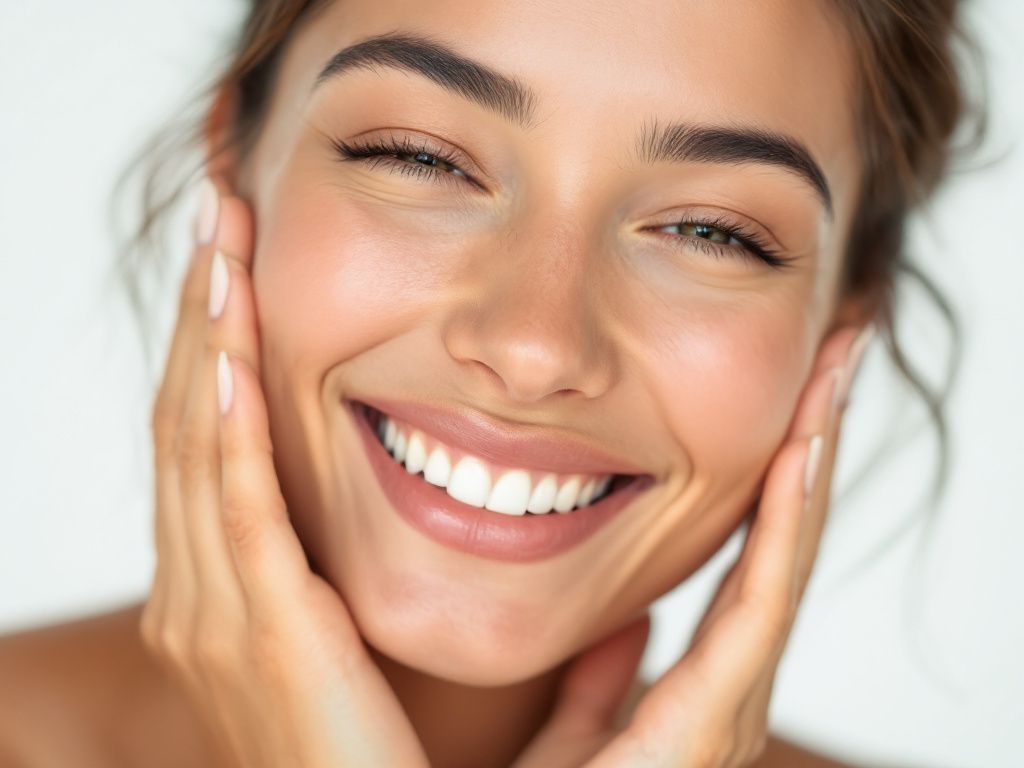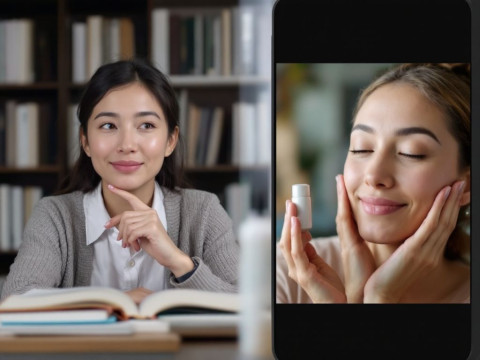So, you’re tired of dealing with acne, right? Those pesky little bumps that seem to pop up out of nowhere and stick around forever. I get it; I’ve been there too. Getting acne-free skin can sometimes feel like chasing a mirage, especially with all the advice floating around the internet. Should you try the newest skincare product? Cut out dairy? Drink some weird green smoothie every morning? Let’s just sit down, have a chat, and unravel this together, shall we?
Understanding Acne: What’s Going On With Your Skin?
First things first, let’s break down what’s actually happening with your skin when acne shows up uninvited. At its core, acne forms when your hair follicles get clogged with oil and dead skin cells. You’ve got sebaceous glands producing oil, which is great for keeping things hydrated, but sometimes they get overzealous. Mix that with bacteria hanging out and, bang, a pimple surfaces.
Hormones do a major number here too, firing up those oil glands. It’s like your skin decides to throw a hormonal party, cranking out more oil than your pores can handle. Stress, diet, and even genetics play a role. So if your parents constantly battled with acne, that could explain a lot. But don’t worry—there’s still hope and a way to navigate this minefield. Trust me on this one.
Skincare Routines: The Basics
Adopting a consistent skincare routine really is the foundation of how to get acne-free skin. But picking products can be a real headache with all the choices around. Let’s start with some essentials that won’t leave your skin begging for mercy.
Cleansing: It’s Non-Negotiable
Okay, first on the list—cleansing. No exceptions, and I mean it. Think of cleansing like brushing your teeth. Morning and night. You’ll want something gentle, sulfate-free, to steer clear of stripping your skin’s natural oils. Your skin shouldn’t feel tight after washing, more like a soft, clean slate.
Exfoliating: Tread Lightly

Exfoliating helps, but overdoing it spells trouble. We don’t need a full-blown sandpaper situation. A mild exfoliant, maybe something with salicylic acid or enzymes, a couple of times a week can keep those pores unclogged. Bye-bye, dead skin cells.
Moisturizing: Don’t Skip It!
Yes, even if your skin feels oily. Skipping moisturizer is like skipping breakfast—it makes things worse later. Opt for a lightweight, non-comedogenic moisturizer to maintain balance without inviting blackheads.
Protection: Sunscreen Isn’t Just for the Beach
Not just any sunscreen though. Go for one that’s oil-free and non-comedogenic. You wouldn’t believe how much UV rays can mess with your skin’s healing game. This is your daily shield, rain or shine. Trust—it prevents future flare-ups and keeps scars at bay.
Trying Out Treatments: When You Need Extra Help
Maybe basics aren’t cutting it, and that’s completely understandable. Sometimes the skin needs armed backup. That’s where treatments jump in.
Over-The-Counter (OTC) Heroes
- Benzoyl Peroxide: This guy is like the Batman for bacteria, zapping them effectively. Just watch out if you have sensitive skin—it can be a bit aggressive.
- Salicylic Acid: Think of it as your pore-unclogging wizard, reducing inflammation and sloughing away dead skin.
Prescription Powerhouses
If OTC options feel weaker than a soggy toast, a dermatologist can prescribe the good stuff. Retinoids, oral medications, sometimes even hormonal therapy can provide notable improvements.
Natural and DIY Treatments
Take these with a grain of salt, but some people swear by:
- Tea Tree Oil: It’s known for antibacterial properties. Just dilute it before using as it’s strong.
- Aloe Vera Gel: Soothing and calming inflamed skin.
You could try green tea or honey masks now and then—potential benefits with little risk.
Lifestyle Tweaks: Small Changes, Big Impact
See, it’s not just what you slather on your face. Your day-to-day habits hold a lot more power than you might think when figuring out how to get acne-free skin.
Diet: Eat for Healthy Skin
Goodbye sugar overloads and hello balanced meals. A diet filled with whole foods, lean proteins, veggies, and omega-3 fatty acids works wonders. Chocoholics, don’t fret—a little dark chocolate is alright, just don’t go overboard.
Hydration Station: H2O is Key
Not exactly breaking news, but water’s important—your skin craves it. Staying well-hydrated helps flush out toxins and keeps skin plump (in a good way). Coffee’s fine, just balance it out with water too.
Stress Less, Glow More
Easier said than done—stress can wreak havoc on your skin. Yoga, meditation, a good book—whatever decompresses your mind is an ally against acne. Find your de-stress partner.
Maintaining the Improvement: Consistency is Critical
Once your skin starts clearing up, the key is consistency. Keep at that skincare routine, even when you’re not seeing any pimples. Skin loves routine, almost like it is a pet that enjoys its feeding schedule.
Touching your face is also a no-no. Yeah, easier said than done, but hands off! Your hands carry more bacteria than you realize.
Conclusion: Embrace Your Skin’s Journey
Navigating the path of how to get acne-free skin can be frustrating at times, but it’s definitely possible with persistence and care. Remember, it’s a marathon, not a sprint. Your skin will absolutely thank you for being patient and listening to its needs.
Sure, I might look back and wish I had gotten things just right the first time, but what I found through the missteps and learnings was a balance that felt true to what my skin needed, beyond the noise of trendy serums or quick fixes. What works for one might not work for another, and that’s perfectly fine. It’s your skin journey, so embrace every step along it, because it’s the real you shining through.
Alright, my fellow acne warriors, give these ideas a try. Here’s to clearer skin and high spirits. You got this!
Frequently Asked Questions
What are the benefits of using a hair mask in my hair care routine?
Using a hair mask can provide several benefits, including hydration, smoothing, strengthening, curl definition, heat protection, and damage repair. Hair masks infuse the hair with moisture, help coat the hair shaft to seal split ends, reduce breakage, and protect the hair from heat styling and environmental damage[1][4].
What ingredients should I look for in a hair mask?
Effective hair masks often include ingredients such as coconut oil, argan oil, shea butter, honey, avocado oil, green tea, and coconut water. These ingredients provide nourishment, moisturize, and protect the hair, offering benefits like softening, moisturizing, and protecting against damage[2][5].
How often should I use a hair mask in my routine?
You should use a hair mask whenever your hair feels dry, unmanageable, or in need of intense hydration. This can vary depending on your hair type and needs, but generally, using a hair mask once or twice a week can help maintain healthy and moisturized hair[1][4].
How do I apply a hair mask for the best results?
To apply a hair mask effectively, shampoo your hair first, then apply the mask, focusing especially on the ends where hair tends to be the most damaged. Leave the mask on for anywhere from 10 minutes to overnight, depending on the type of mask and your hair’s needs[1][4].
References










